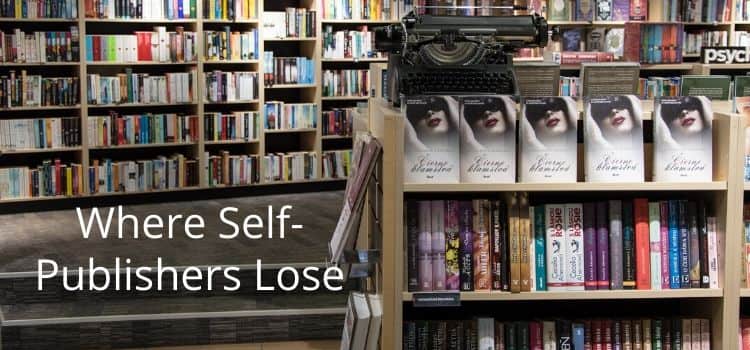
Self-publishing does very well in ebook sales. However, due to print-on-demand book quality, self-publishers will continue to lose out in print book sales.
There is no doubt that self-publishing has stamped its authority and found its place in book publishing. It is winning on many fronts.
However, its success has primarily come in the form of ebooks and through the power of the Internet.
But when it comes to retail book sales in bookstores, self-publishing has a very long way to go.
Print-on-demand book quality
The quality of print-on-demand (POD) paperback books is inferior to books produced with offset printing.
POD books use laser printing, a process similar to how a photocopier works.
At first, books were restricted to 300 dpi, but at least today, the clarity is better with some POD services offering 2,400 dpi.
However, the choice of paper grades is still limited and rarely of trade quality, especially for hardcover books.
Offset printing allows for an almost unlimited range of papers and grades, and the printing quality is far superior.
POD paperbacks are economical because you only pay per copy when it is produced.
Offset printing can be cheaper per copy when you order over 1,000 copies, and the price reduces even further if you order more.
But for most self-publishers, investing in an order of one, two, or three thousand copies of a book is probably out of financial reach.
That’s what makes POD paperbacks so attractive to new self-publishers. But it comes with one downside.
Retail bookstores will rarely, if ever, agree to stock POD books on their shelves due to the poor quality of the paper and printing.
The ebook and book market
For self-publishers, ebooks are the main source of sales. But ebooks make up only a small percentage of the book sales market.
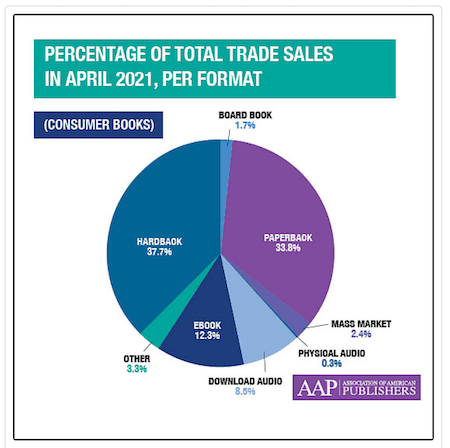
According to Publishing Perspectives, in 2021, ebook sales were only 12.3% of total book sales. However, paperbacks accounted for 33.8% and hardcovers, 37.7%.
After meteoric increases following the introduction of the ebook in 2007, ebook sales have plateaued and are struggling to increase by more than single digits year on year.
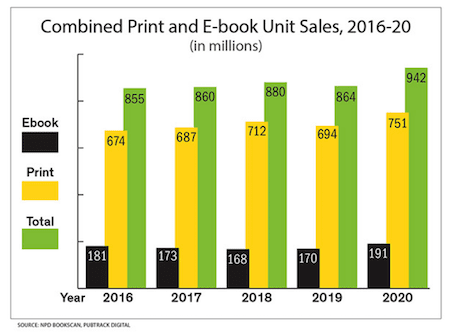
The graph above from Publishers Weekly shows how ebook sales have stagnated over the last five years.
This means that the ebook pie won’t get much bigger. But the number of new self-published ebooks increases at a staggering pace every year.
It is bad news for self-publishers because ebooks are their bread and butter sales.
On the other hand, paperbacks and hardcover books are the bread and butter sales for traditional publishing.
By controlling, manipulating, and even owning shelf space in brick-and-mortar book stores, the big five have a monopoly on non-ebook sales.
But there are still many independent bookstores around the world, and there is no reason why they won’t stock self-published books if you ask. But it will always be a question of quality.
Print-on-demand books can’t compete
The quality of paperback print books is where self-publishing has made little or no ground over the years.
Sure, self-publishers can offer a paperback version of their book on Amazon, but what about at a local bookstore?
What about a chain of national bookstores? No way, no hope, and no possibility.
For most bookstore owners, print-on-demand books are not good enough.
Compared to trade-published books, they are a very poor relation.
Ebooks have made considerable strides in quality in recent years.
But print-on-demand books are still very much the same as in 2002: poor quality, poor formatting, poor typography, and poor paper grades.
It is the frontier that will, for some time yet, hold back self-publishing as a challenger to traditional publishers.
Yes, there are independent bookshops that stock a few self-published titles, but they are the exception.
The truth is that bookstores and bookstore chains still sell a lot of books.
Using prime store placement, which publishers pay an arm and a leg for, can turn almost any book into a bestseller.
But it would never, no matter how much money is spent, turn a poor-quality print-on-demand paperback into even a modest seller.
Summary
Self-publishing has been a winner, but only on one front. Ebooks.
The real challenge is for self-publishing to aim higher and challenge print book sales.
The best avenue of attack is still through print-on-demand books because of the economy it offers self-publishers.
But until online self-publishing services such as Amazon KDP, Lulu, and others lift their game and can produce and provide paperbacks and hardcovers close to trade quality, there is little hope.
All self-publishing authors can do is try to promote online sales through Amazon and Barnes & Noble as much as possible.
But one can hope for change in the future with improvements and the development of print-on-demand book quality.
Or perhaps, is this a current market opportunity for Vanity Press?
Although vanity publishers have somewhat of a bad reputation in the market, some offer the possibility of producing a quality book using offset printing.
As with everything in publishing, we’ll see what the future brings.
Related Reading: 5 Simple Actions You Can Take If Your Book Is Not Selling
Share This Article
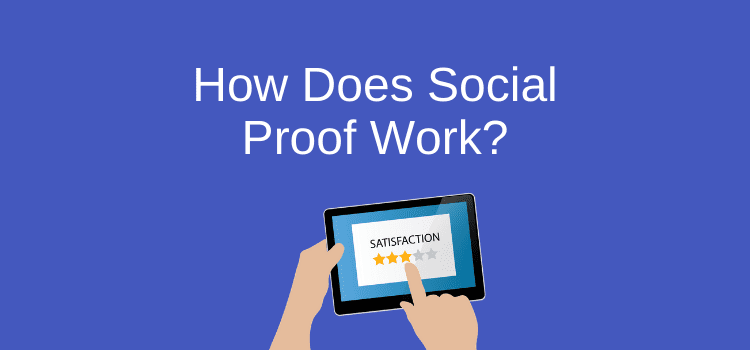
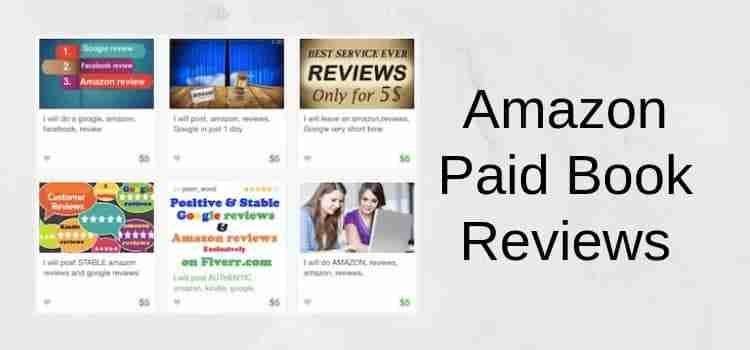
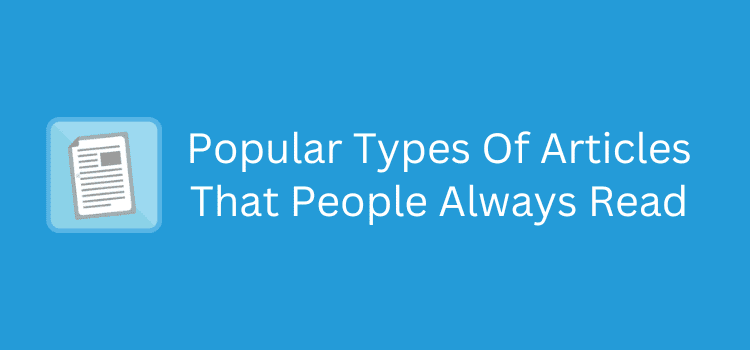
I bought a physical copy of a POD title from Amazon recently. It was a reissue of a book originally published by Headline about 20 years ago. It’s extremely badly typeset, there’s only one illustration (I think the legit edition had about 8 pages as tip-ins), and the whole thing looks amateurish at best. It’s the sort of thing a well-meaning but naive local historian would produce in conjunction with the local council.
Interesting article and interesting thoughts. I was pleased with the print-on-demand version of my book on Amazon, but no doubt about it, sales of hard copies have been negligible compared to e-book/kindle unlimited readership. And yet, I’m pretty happy with that. I published mainly to put it out there, not to develop a career in writing. So it’s been merely a nice extra having a little earner on top of my day job – in fact I’ve been surprised at how steady that little extra each month has been.
I am discovering the weaknesses of Print on Demand. I sold more real books when I was my own publisher. Amazon keep changing the price and the availability of my book. I’m just hoping the e book sales make up for the dire results in paperback sales. I’m going to go back to using my own imprint. I still have some unused ISBN numbers.
I happen to believe in taking the ‘long view’ and utilizing as many distribution outlets as possible for e-books. With modern technology at our disposal, it’s really a no-brainer!
I concur that indie-authors and publishers don’t have a prayer with respect to getting print books stocked at traditional brick-and-mortar bookstores. But, In my opinion, I don’t think they’re necessary. How long do you think your book will be stocked if it doesn’t fly off the shelves? Not long. And let’s not even discuss the deep discounts they require and their less-than-equitable return policies!
Conversely, I find most independent bookstores are more than willing to support indie authors. Fortunately, I’ve developed a solid working relationship with many in my area, as well as a local book manufacturer. So, I’m never at a loss for print books and I can get them at a reasonable price.
And as for exclusivity? (Amazon) It’ll never happen! (though I do use KDP . . . not KDP Select) for e-books and POD, as well as various on-line distributors, including Ingram. So far, so good!
Best of luck to all the trail-blazing Indie-Authors . . . Onward & Upward!
Great article. I am happy with create space for my paperbacks and ingramspark with the hardback, so far.
As for book stores, I have contacted a few local book store in Seattle and have been turned away by a few before they have even seen the book, (Even With good reviews from buyers and Kirkus ) which discouraged me to go to others. The ebook version is going well and I will most likely use POD again in the future, but it is frustrating.
I had a short print run of 100 copies done at a printers to sell at book-signings and fayres, and find I can sell these easier with a face-to-face approach and cheaper than I can sell a paperback on Amazon. I think getting out there is a big part of getting your name known. Having said that, the quality of the copies I’ve seen from Createspace of my book were surprisingly good. Just don’t make much per copy.
Great post Derek, good to see someone talking so openly about self-publishing. I’ve used CreateSpace for two books; I was really impressed with the print quality of the first one but I think it had more to do with a professional cover image and sheer luck on the fonts I chose. The second (an illustrated book for children) didn’t come close to the quality of the first – CreateSpace doesn’t seem particularly well geared up for this genre of book from a layout or image management perspective.
With regards to stores stocking books, I have found (I’m based in the UK) that small independent shops will occasionally stock local authors as long as they’re happy with the quality of the content and the finish. I have managed to sell a small number in this way, but I too would starve if I attempted to live off royalties!
Thanks for telling it like it is.
Starving seems to go hand in hand with being a writer, Toni. :) But in all seriousness, Createspace could and should lift their game. Nothing much has changed with them in nearly 10 years. POD was great back then because it was new, but the quality is still hit and miss, as you say. It is nowhere near trade quality, even at the best of times.
I agree completely. All of my books are in print, traditional and self-published, and by far, my best sales are ebook in both cases. I have my self-published book in a local bookstore. Local/regional bookstores are often willing to carry the books of local authors (at least in Oregon). The challenge is the commission rates are really high, so my print books are break even at best.
I, like Kevin, have stayed in ebook formats only for my first two sci-fi novels in The Spanners Series but wish I could provide a high-quality but low-cost print version to those who eschew ebooks or prefer print books (that includes ME!). So far, not.
I appreciate your article, Derek, explaining further the reasons it’s not worth my money to get my ebooks into print, yet.
Best to you all!
Sally
Hopefully, Sally, someone will fill the gap in the market for decent quality paperbacks for Indies. Fingers crossed.
All of my books are currently only available in ebook format. I would, however like to produce a print version of at least one of my works. I know from family and friends that there exist people out there who’s preference remains print rather than ebook. I will still pursue the print option. However your article gives me pause for thought given that my original preference was for utilising Createspace. Kevin
I still use Createspace, Kevin. Not because they produce great books, but because it is one of the few available options. About the only benefit for me is that they make for great give aways to friends and family. If I relied on sales though, I’d starve,